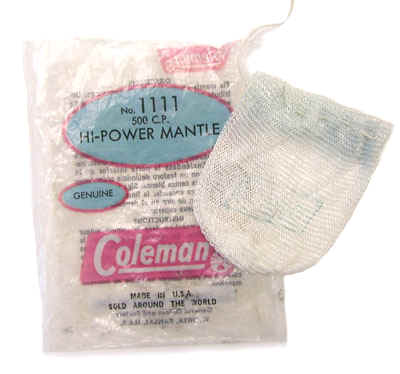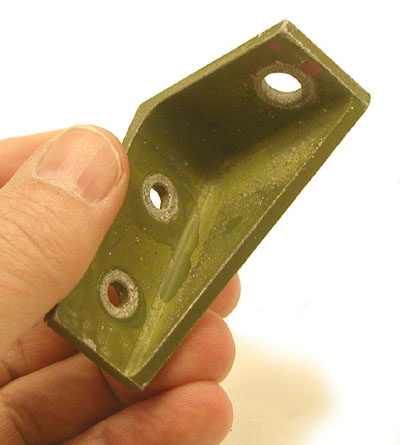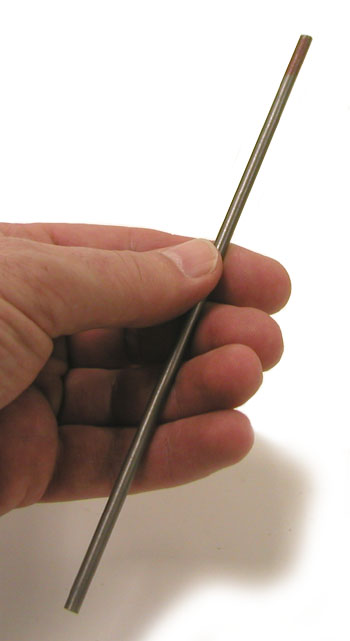Products Containing Thorium
General Information about Thorium
Paul Frame, Oak Ridge Associated Universities
Thorium is a dense, insoluble metal that was discovered in 1828 by the Swedish chemist, Jons Berzelius. Almost all thorium is obtained from the mineral monazite.
The members of the Thorium decay series and their half-lives are as follows:
| Th-232 | 1.4 x 1010 years |
| Ra-228 | 5.7 years |
| Ac-228 | 6.1 hours |
| Th-228 | 1.9 years |
| Ra-224 | 3.6 days |
| Rn-220 | 55 seconds |
| Po-216 | 0.1 seconds |
| Pb-212 | 10.6 hours |
| Bi-212 | 60.6 minutes |
| Po-212 | 3 microseconds |
| Tl-208 | 3.1 minutes |
The gamma exposure rate associated with something containing thorium (e.g., welding rods, thoriated lenses, parts made from magnesium-thorium alloys) changes over time. How the exposure rate changes depends on how many years it was after the purification of the thorium that the item was produced.
Chemically purified thorium is a mix of Th-232 and Th-228 and Th-230. The small quantity of Th-230 is of little consequence since it does not emit gamma rays (to any significant extent) and because there is no significant ingrowth of its decay products.
After purification of the thorium, the ingrowth of the decay products of Th-232 and Th-228 is a somewhat complex process although it is reasonably accurate to assume that the decay products of Th-228 (Ra-224, Rn-220, Po-216, Pb-212, Bi-212, Po-212 and Tl-208) are always present at the same activity as the Th-228.
During the first five years after the purification of thorium, the change in the exposure rate is minimal, although there is a slight decrease in the first two years. Afterwards, the exposure rate increases. At the 20 year mark, all the members of the series will be very close to equilibrium (present at the same activities) and the exposure rate will be approximately two and a half times the exposure rate during the first five years. No further change will occur.
-
Incandescent Gas Lantern Mantles Incandescent Gas Lantern Mantles

-
Magnesium-Thorium Alloy Magnesium-Thorium Alloy

-
Thoriated Camera Lens Thoriated Camera Lens

-
Thorium Containing Welding Rod Thorium Containing Welding Rod

